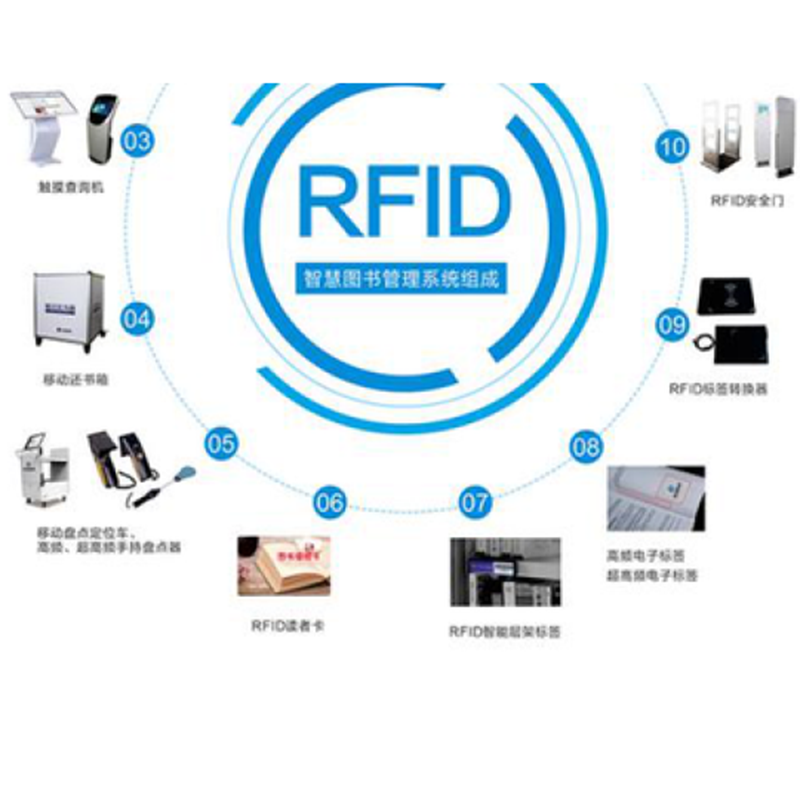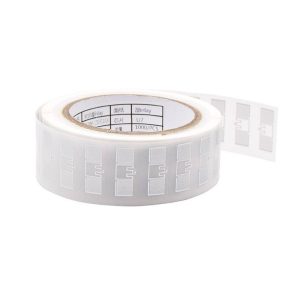The Application of RFID Animal Tags in Animal Management
RFID technology is not only applied in various fields of human life, but also in the animal field. The application of RFID technology in the animal field includes wildlife management, animal husbandry management, pet management, etc. RFID technology is a wireless communication technology that transmits data through electromagnetic waves, with faster transmission speed, larger capacity, and greater accuracy. RFID tags can be implanted into living organisms to identify and manage animals. Common electronic tags in the field of animal management include RFID ear tags (pig ear tags, cow ear tags, sheep ear tags) and implantable RFID tags (dog chips, cow insurance chips, wildlife management, etc.).

Animal husbandry management includes pigs, cows, and sheep, etc. By wearing RFID ear tags to record health records, the RFID ear tag shell is made of TPU material to prevent animals from long-term contact and causing allergies, aging resistance, cold resistance, oil resistance, etc., and feeding information is traced back to the source. If problems occur, the source information can be effectively queried. RFID ear tags are electronic tags specifically designed for animal identification and management. They are the electronic identification cards of animals, with each animal corresponding to an animal ear tag. Through RFID card readers, animals can be recognized and managed. The electronic ear tags that animals can wear are divided into low-frequency ear tags and ultra-high frequency ear tags.
By implanting electronic chips into the bodies of wild animals and writing necessary information such as source, variety, age, and generation, and installing RFID readers and writers within the activity range, animal activity information is collected to achieve the purpose of tracking and monitoring, and better protect wild animals.
As the size of RFID chips continues to decrease, more and more pet stores are replacing easily removable pet identification cards with electronic chips to authenticate and manage pets. Moreover, electronic chips have a lifespan of up to 10 years and can accompany pets throughout their lives. The chip can be implanted under the skin of the corresponding part of the pet, and the entire process has low risk. The pet chip is covered with a biological coating on the outside and uses low-frequency RFID tags, which will not have a significant impact on the pet’s body. Each RFID chip has a special ID code, and after the chip is implanted, the pet’s identity is determined and bound to the owner’s information, greatly facilitating pet management.
The Application of RFID Animal Tags in Animal Management

RFID animal tag is an electronic tag made by using radio frequency and low-power integrated circuit technology and special packaging process. This electronic tag can be implanted in animals or hung on their ears. Through the identification of the global unique ID card number of animals and the collaborative management of the back database, the birth, feeding, quarantine, veterinary drugs, nutrition and other information of animals can be written and read, which is convenient for unified management, and can effectively conduct traceability data management to prevent the occurrence of infectious diseases in animal groups.






